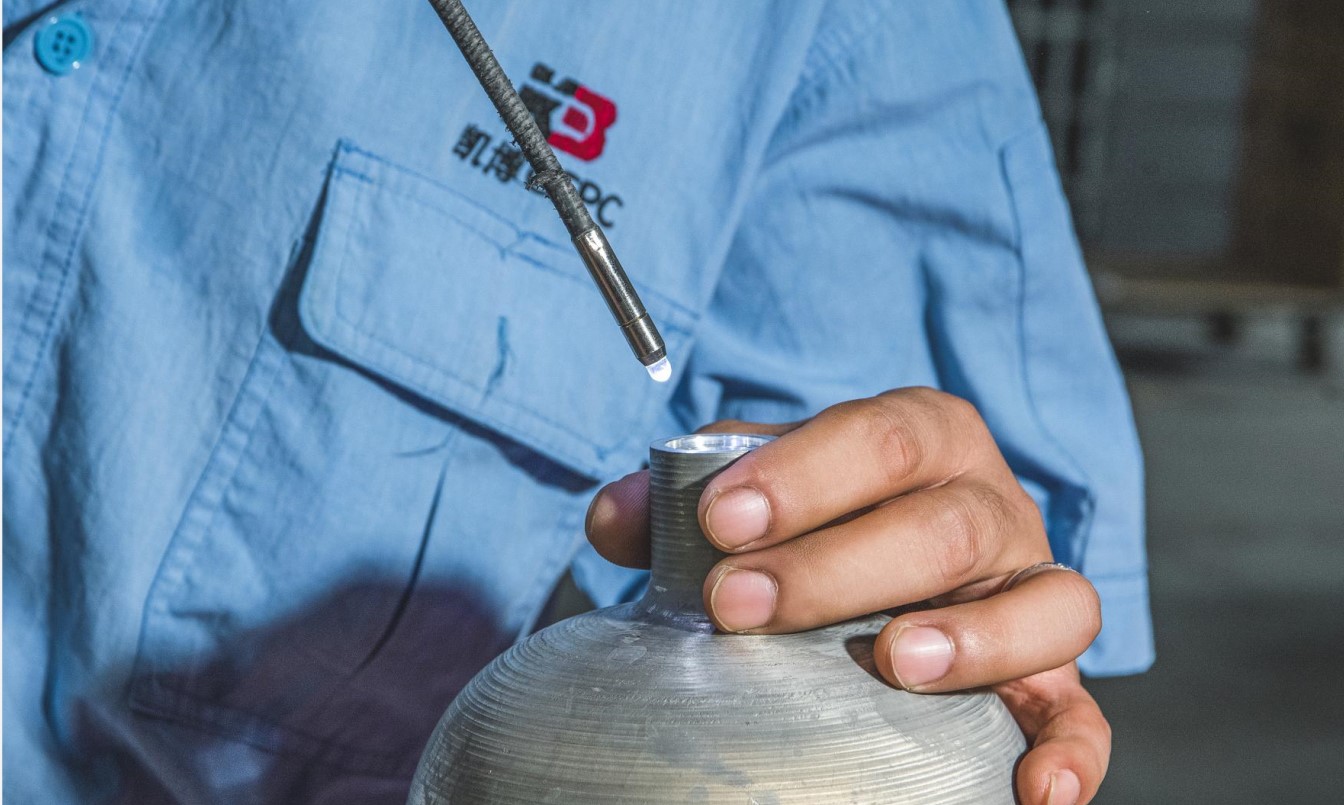In the realm of gas storage and transportation, safety and reliability are paramount. When it comes to carbon fiber composite cylinders, commonly known as Type 3 cylinders, their quality is of utmost importance. These cylinders serve a wide range of applications, from SCBA (Self-Contained Breathing Apparatus) for firefighters to pneumatic power systems and SCUBA diving gear. Airtightness inspection plays a critical role in ensuring the safety and functionality of these cylinders, making it a vital component of the production process.
The Fundamental Purpose of Airtightness Inspection
Airtightness inspection involves evaluating the cylinder’s ability to contain gas without any leakage. This step is crucial because even the slightest breach in a gas cylinder’s integrity can have severe consequences. It ensures that the cylinder can effectively store and transport gases under high pressure without any unexpected discharge or pressure loss. The inspection is a key measure to prevent accidents and guarantee the reliability of the cylinder for its intended use.
The Rigorous Process of Airtightness Inspection
Airtightness inspection is not a mere formality but a thorough and rigorous procedure. It involves various steps and techniques that are essential for ensuring the quality and safety of Type 3 carbon fiber composite cylinders:
- Visual Examination: The inspection begins with a visual examination to detect any visible imperfections on the cylinder’s surface. This step ensures that there are no obvious defects or irregularities that might compromise the cylinder’s airtightness.
- Pressure Testing: The cylinder is subjected to a pressure test, during which it is pressurized to levels that exceed its intended operating pressure. This test helps identify any weaknesses or leaks in the cylinder’s structure.
- Ultrasonic Testing: Ultrasonic testing employs high-frequency sound waves to detect internal flaws, such as cracks or inclusions, that may not be visible to the naked eye.
- Leak Detection Solution: A special solution is often applied to the cylinder’s surface to check for any gas leakage. Any signs of gas escaping from the cylinder’s surface indicate a breach in airtightness.
The Implications of Airtightness Failures
Failure to ensure airtightness can lead to dire consequences. If a carbon fiber composite cylinder is not airtight, it can pose a safety hazard in various applications. For example:
- In SCBA for firefighters, an airtight failure could mean a lack of a reliable air supply during critical moments in a fire emergency.
- In pneumatic power systems, gas leaks can reduce the efficiency and effectiveness of equipment, resulting in productivity losses.
- SCUBA divers depend on airtight cylinders for their underwater adventures. Any leakage in the cylinder can lead to a life-threatening situation.
The Role of Airtightness in Regulatory Compliance
Strict industry standards and regulations govern the production and use of gas cylinders. Airtightness inspection is a fundamental requirement for compliance with these standards. For example, in Europe, gas cylinders must meet the stringent EN12245 standards, which include airtightness criteria. Ensuring that every cylinder complies with these regulations is not only a legal requirement but also an ethical obligation to safeguard the lives and well-being of those who rely on these cylinders.
Conclusion: The Non-Negotiable Importance of Airtightness Inspection
In the world of Type 3 carbon fiber composite cylinders, airtightness inspection is a non-negotiable aspect of the production process. It is not merely a formality but a vital step to ensure safety, reliability, and compliance with industry standards. The meticulous attention to airtightness is a testament to the commitment of manufacturers like KB Cylinders to the well-being of their customers and the quality of their products. When it comes to gas containment and transport, there is no room for compromise. The necessity of airtightness inspection is clear: it is the linchpin of quality in the production of these essential cylinders.
Post time: Nov-03-2023

